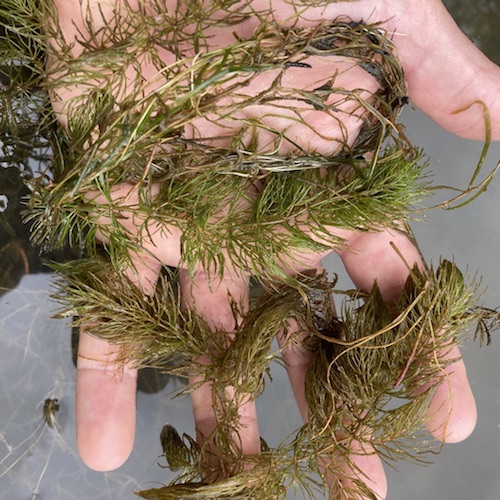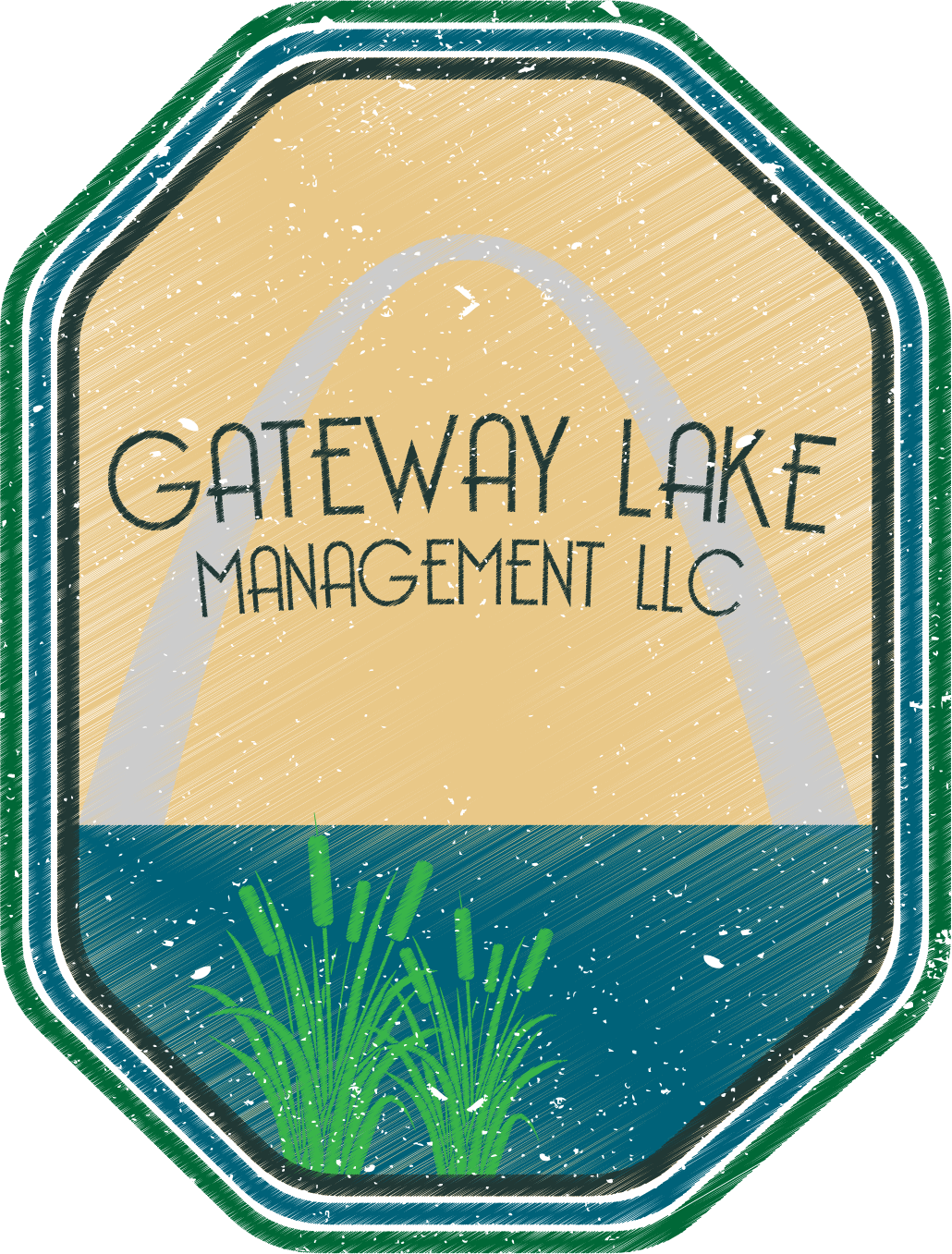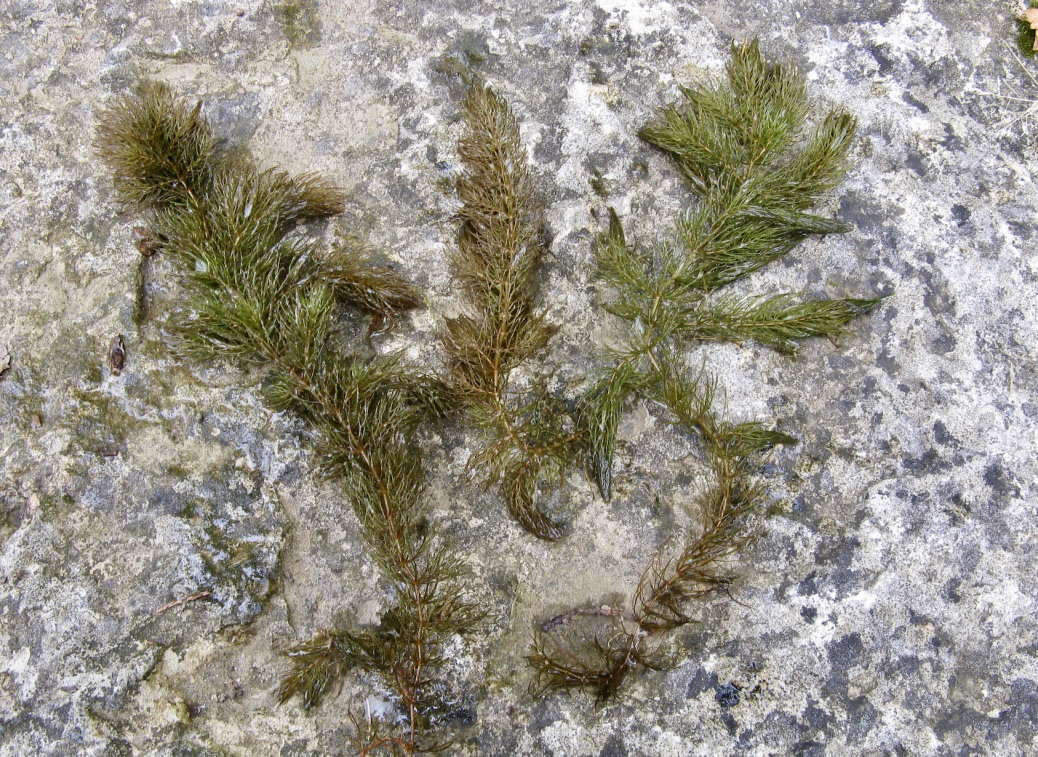Pond Plant Profile: Coontail
Coontail, scientifically named Ceratophyllum demersum (see Picture A), is a very common aquatic plant found all over Missouri and the United States. You can find it in small ponds, large lakes and rivers. Commonly called coon’s tail for its bushy animal tail like appearance, this plant grows rapidly and has the ability to take over in water.

How to identify coontail
It is a deep-rooted submersed plant that has multi-branched needle-like leaves whorled around the stem. It is often confused with Chara, aka muskgrass, which is actually a multicellular algae that has a bad odor when crushed and is controlled with applications of copper just like filamentous algae. Coontail is odorless and can grow in depths of 6 feet or more. This attribute makes it possible for this plant to quickly take over large lakes choking out native beneficial species.
Coontail can impact fishing quality
In my experience I have witnessed first hand trophy lakes that previously held many 10lb+ bass have gotten coontail and let it get out of control with 70% coverage, and the bass simply cannot survive. The large mats that come up from the muck layer form dense areas where ambush predators like bass and crappie lose the ability to hunt. Small fingerlings of bluegill and sunfish will then reproduce and survive at higher rates with the abundance of hiding places and predators unable to control them. This can quickly, within a couple years, wipe away what was once a well-managed sport fish population and turn it into an undesirable fishery.
How to reduce coontail in a lake or pond
Coontail will usually start growing in small basketball-size clumps underwater often overlooked. When caught early and sprayed with the appropriate herbicide you can usually eliminate it for the season, sometimes longer depending on if it seeded and nutrient concentration. This is not usually a species that can be kept in check at that magic 20% coverage that provides the best sport fishery. Grass carp are often picky eaters however they seem to have a taste for coontail so for those looking to avoid using chemicals or looking for a long term approach for biological control can attempt to stock 4 per acre of water to assist in managing this nuisance species. For additional help or any questions with aquatic plants feel free to contact me.

